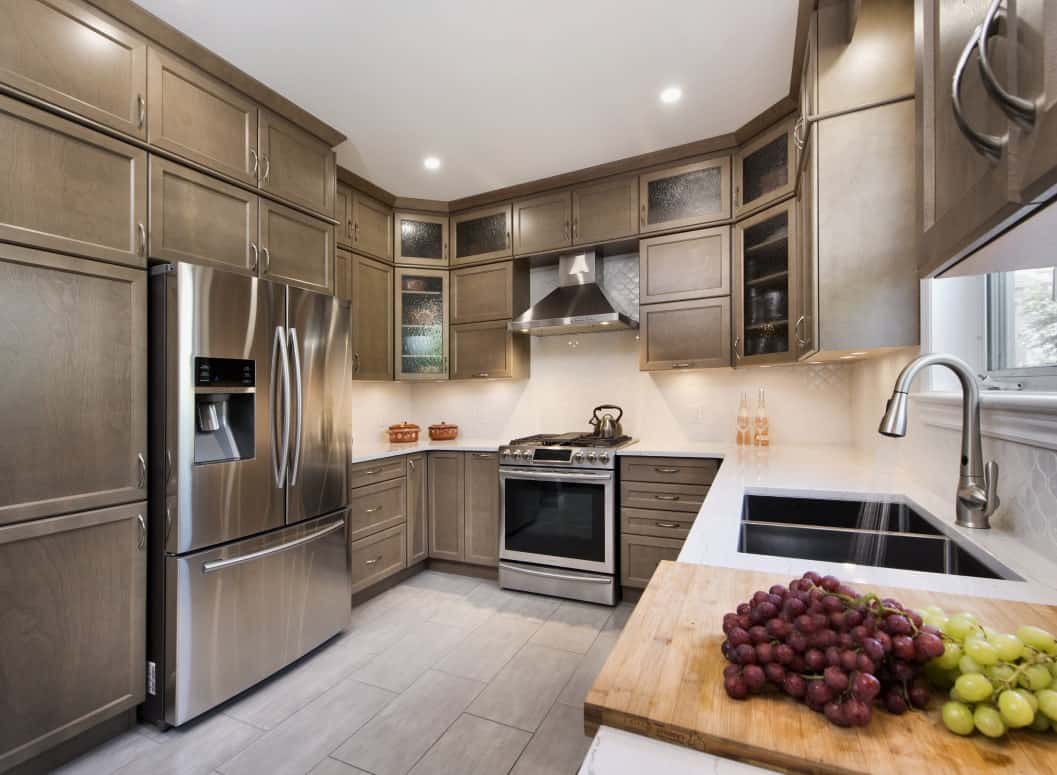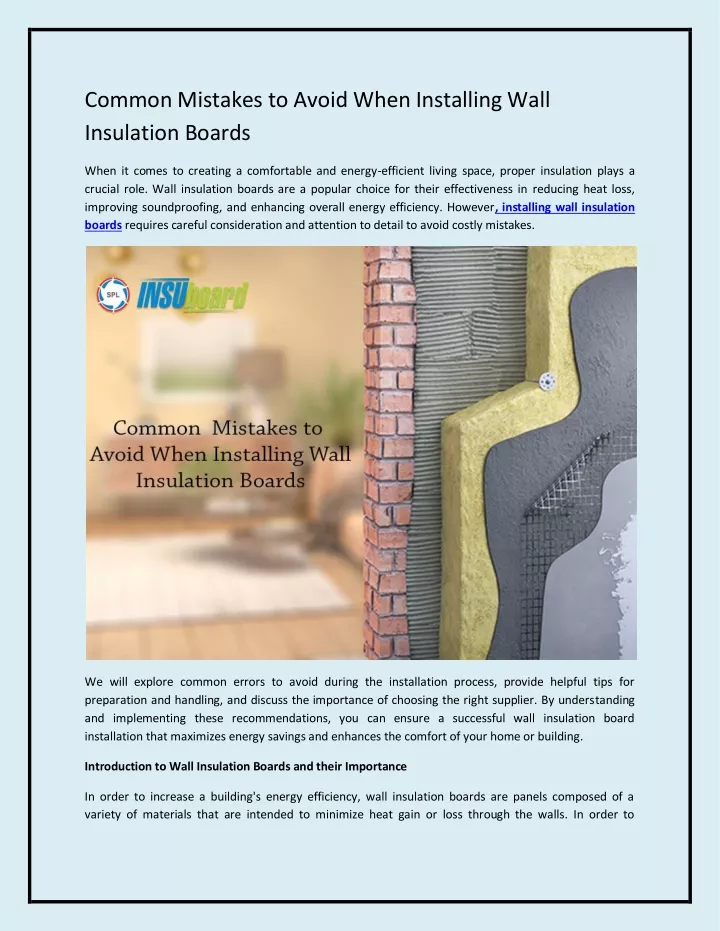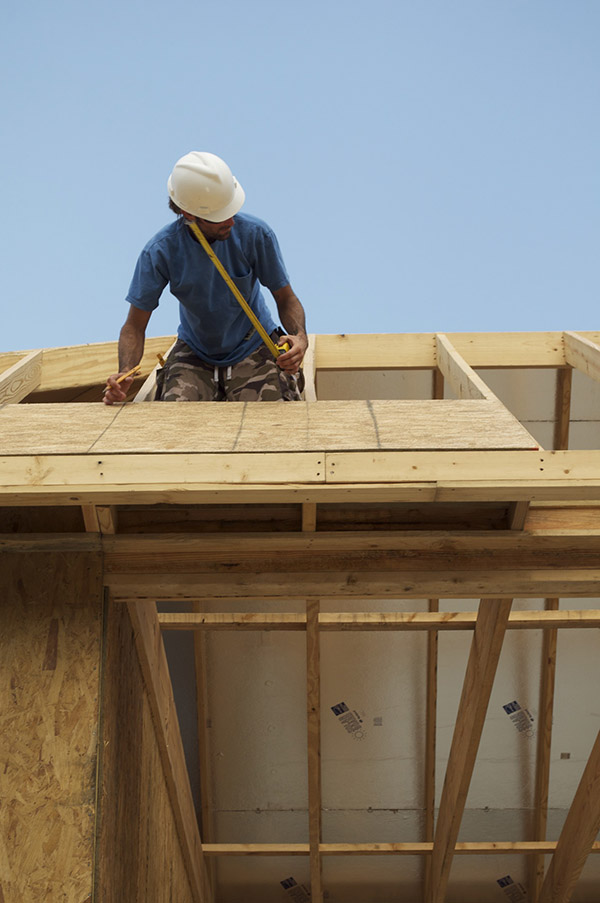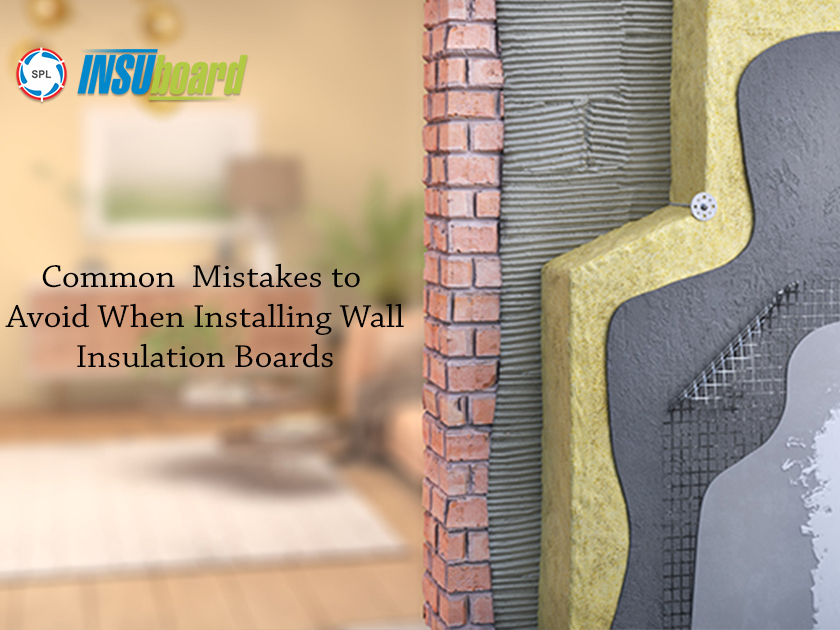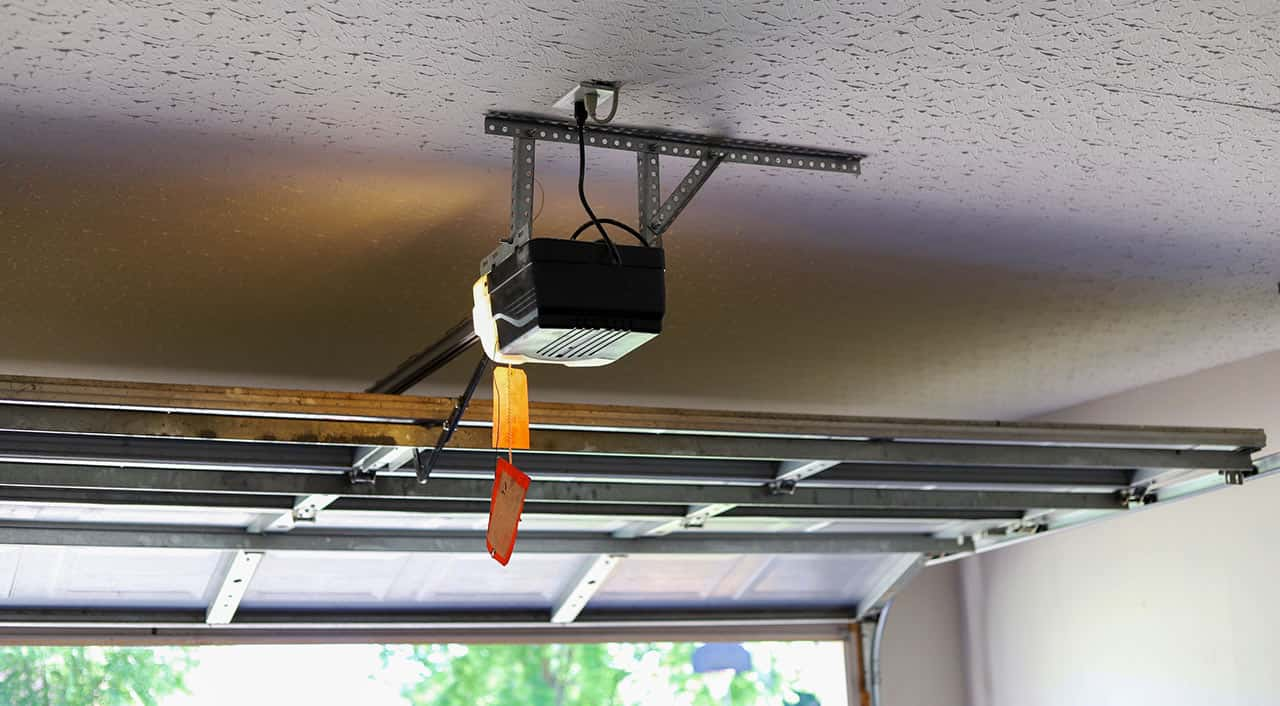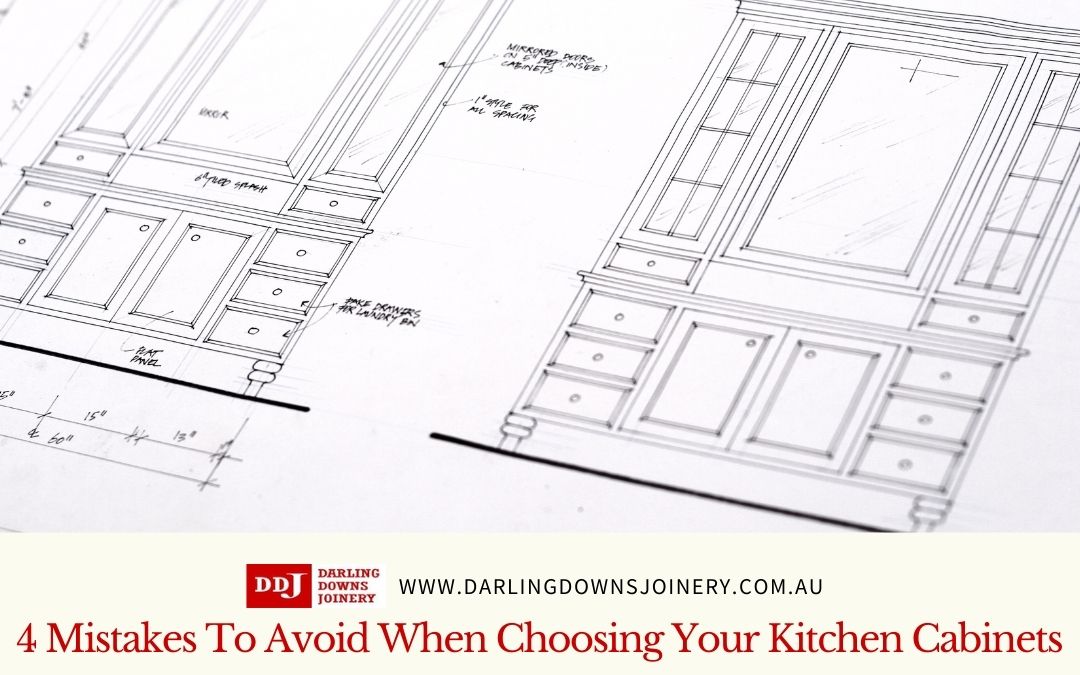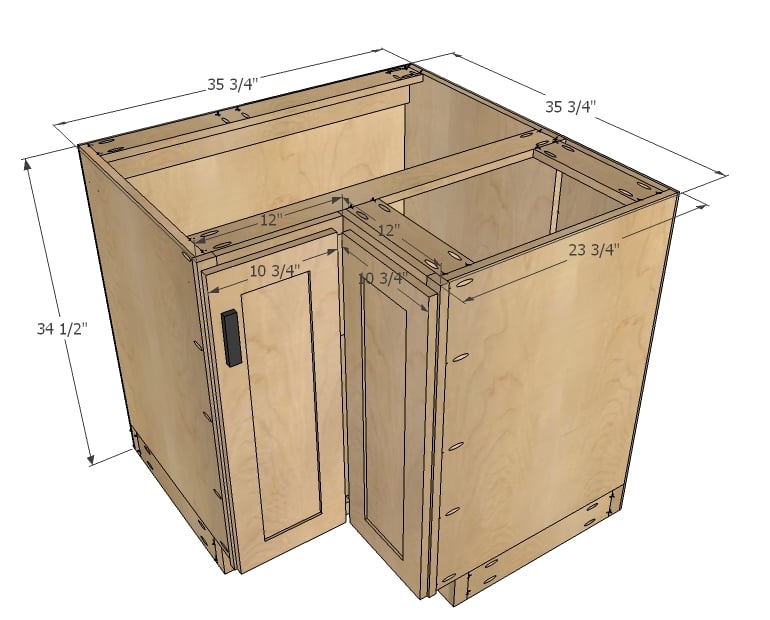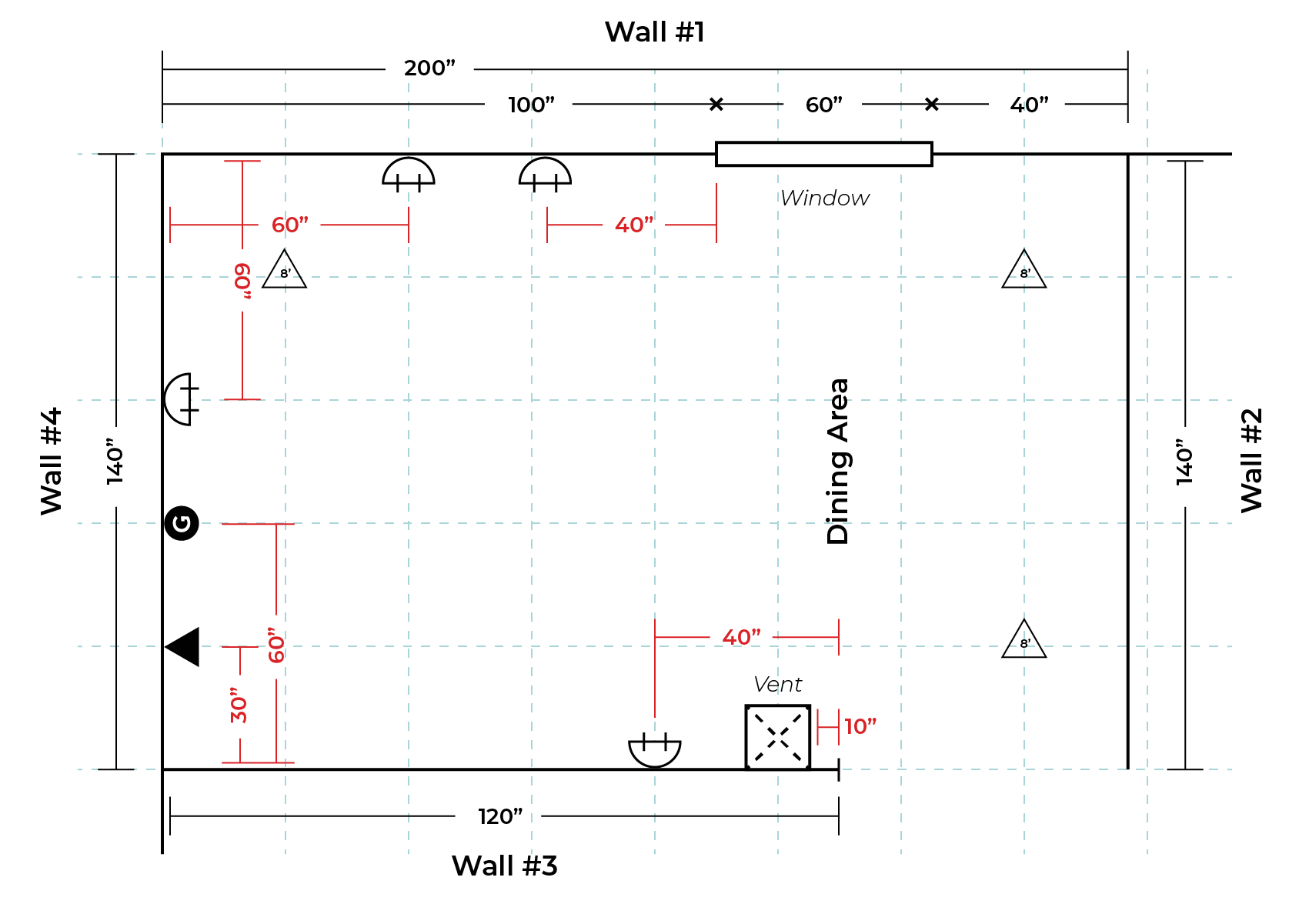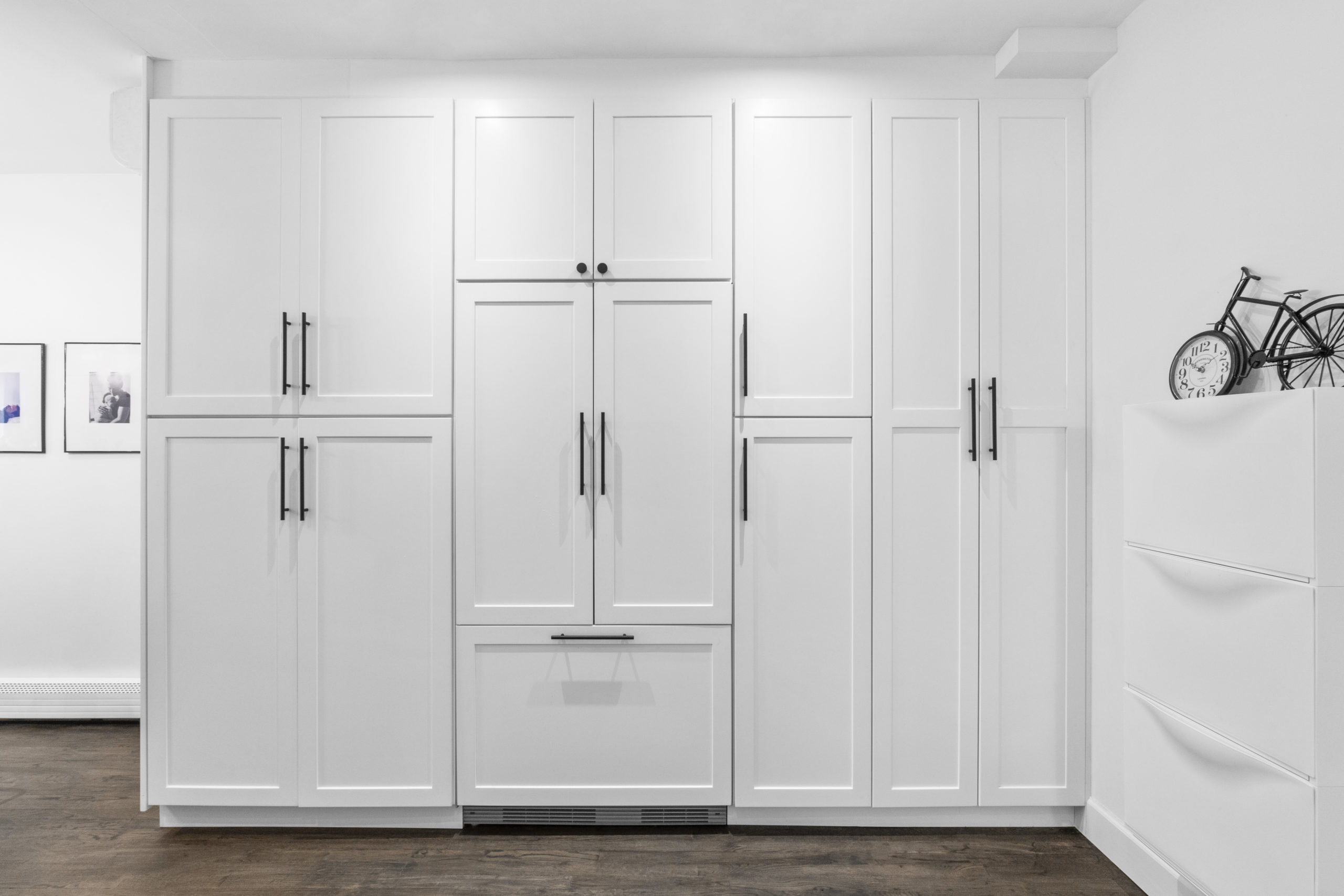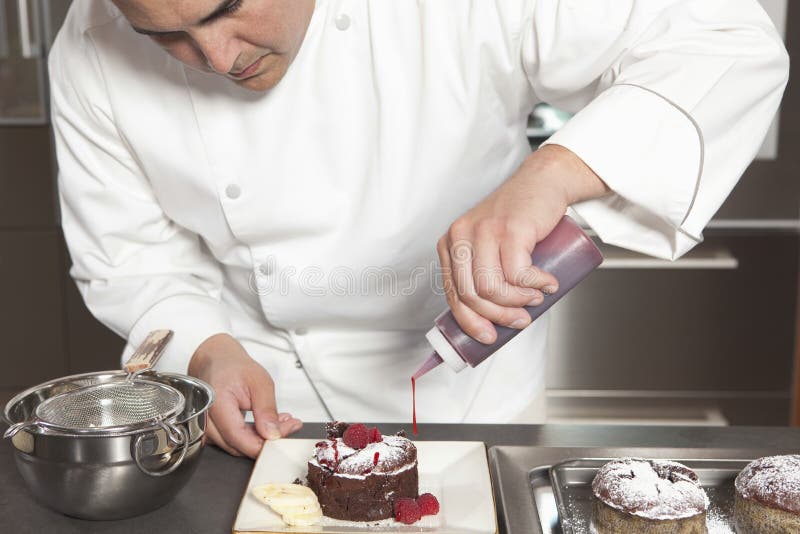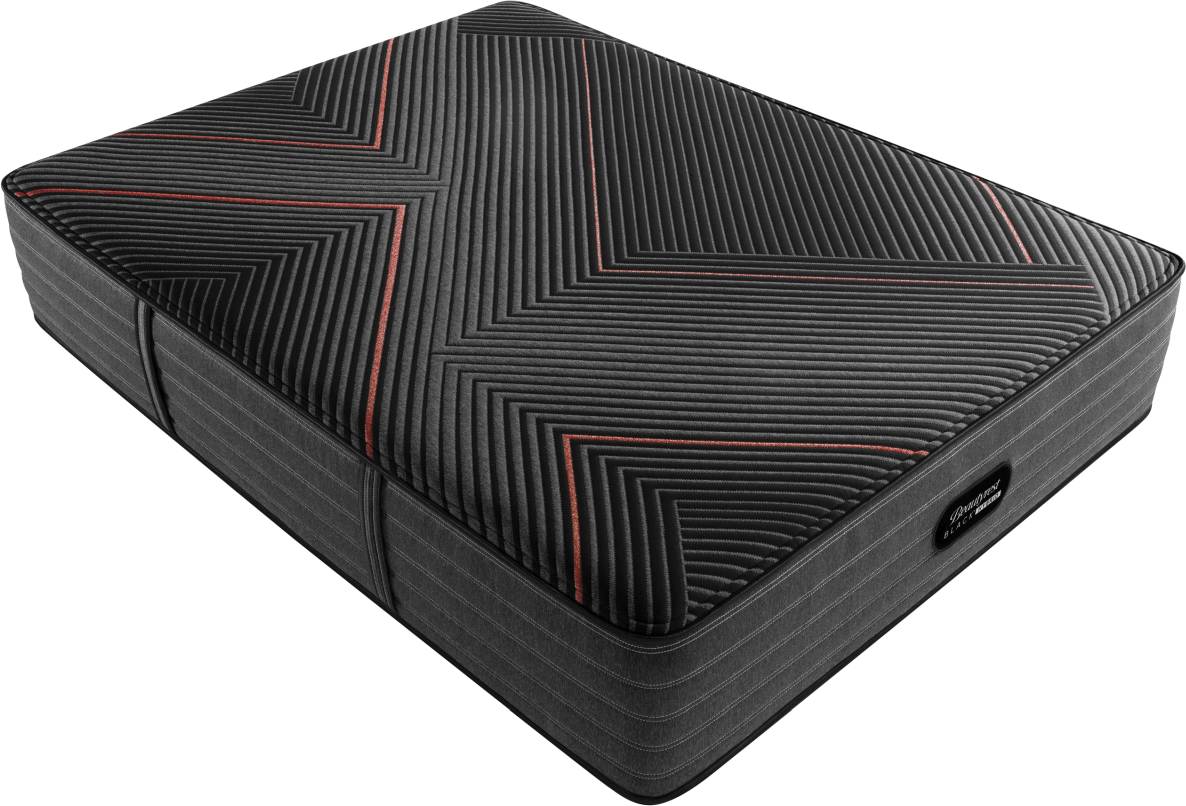Installing kitchen wall cabinets is an essential part of any kitchen renovation or remodel. These cabinets not only provide much-needed storage space, but they also add to the overall aesthetic of your kitchen. While it may seem like a daunting task, with the right tools and knowledge, installing kitchen wall cabinets can be easily done as a DIY project. Follow our step-by-step guide to learn how to install kitchen wall cabinets and give your kitchen a fresh new look.How to Install Kitchen Wall Cabinets
Installing kitchen wall cabinets yourself can save you a significant amount of money compared to hiring a professional. It may seem intimidating, but with the right tools and a little bit of patience, you can achieve professional-looking results. Before you begin, make sure you have all the necessary tools and materials, including a drill, level, screws, and cabinet hanging brackets.DIY Kitchen Cabinet Installation
Step 1: Measure and mark the wall where you want to install the cabinets. Use a level to ensure your marks are straight and even. Step 2: Locate the wall studs using a stud finder. Wall studs are essential for supporting the weight of the cabinets. Step 3: Install the cabinet hanging brackets on the wall using screws and a drill. Make sure they are level and securely attached to the wall studs. Step 4: Place the cabinet on the brackets and secure it with screws. Make sure the cabinet is level before attaching it to the wall. Step 5: Repeat the process for each cabinet, making sure they are level and evenly spaced. Step 6: Once all the cabinets are installed, secure them together using screws.Step-by-Step Guide for Hanging Wall Cabinets
Installing kitchen wall cabinets may seem like a straightforward task, but there are a few tips to keep in mind to ensure a successful installation: Measure Twice, Cut Once: Before making any cuts, make sure to measure your space accurately. It's always better to be safe than sorry. Use a Level: This is crucial for ensuring your cabinets are installed straight and even. A crooked cabinet can throw off the entire look of your kitchen. Have a Helper: It's always helpful to have an extra set of hands when installing kitchen cabinets, especially when it comes to lifting and positioning them on the wall brackets. Choose Quality Materials: Invest in high-quality materials, such as solid wood cabinets and sturdy brackets, to ensure your cabinets will last for years to come.Tips for Putting Up Kitchen Wall Cupboards
If you're new to DIY projects, installing kitchen wall cabinets may seem intimidating. However, with the right tools and a little bit of patience, even beginners can achieve professional-looking results. Make sure to carefully follow the steps outlined in our guide, and don't be afraid to ask for help if needed.Installing Wall Cabinets: A Beginner's Guide
Tools: Drill, level, stud finder, measuring tape, pencil, screws, screwdriver, and cabinet hanging brackets. Materials: Kitchen wall cabinets, cabinet doors and hardware, wall screws, and brackets.Tools and Materials Needed for Installing Kitchen Wall Cabinets
Not Measuring Accurately: One of the most common mistakes when installing kitchen wall cabinets is not measuring accurately. This can result in cabinets that are not level or do not fit properly in the space. Not Locating Wall Studs: Wall studs are essential for supporting the weight of the cabinets. Not locating and securing the brackets to studs can lead to cabinets falling and causing damage. Not Using a Level: As mentioned before, a level is crucial for ensuring your cabinets are installed straight and even. Not using one can result in crooked cabinets and an unprofessional-looking installation.Common Mistakes to Avoid When Installing Wall Cabinets
Before purchasing your kitchen wall cabinets, it's essential to measure and plan out your space. Start by measuring the length and height of the wall where you want to install the cabinets. Take note of any obstacles, such as windows or outlets, that may affect the placement of the cabinets. Use this information to create a plan and determine the size and number of cabinets needed for your space.How to Measure and Plan for Kitchen Wall Cabinets
The method of securing kitchen wall cabinets may vary depending on the type of wall they are being installed on. For example, if you have a drywall, you will need to use wall anchors to secure the brackets to the wall. If your walls are made of concrete or brick, you will need to use masonry screws. It's essential to research and use the appropriate method for your specific wall type.Securing Wall Cabinets to Different Types of Walls
After your kitchen wall cabinets are installed, there are a few finishing touches you can add to achieve a professional look: Fill Gaps: Use wood filler or caulk to fill any gaps between the cabinets and the wall. Install Cabinet Doors and Hardware: Attach the cabinet doors and hardware, such as handles or knobs, for a polished look. Touch Up Paint: If necessary, touch up any paint or stain on the cabinets to ensure a seamless finish. In conclusion, installing kitchen wall cabinets is a DIY project that can save you money and add value to your home. With the right tools, materials, and knowledge, you can achieve professional-looking results and give your kitchen a fresh new look. Remember to measure accurately, use a level, and avoid common mistakes to ensure a successful installation. With a little bit of patience and effort, your kitchen will be looking brand new in no time.Finishing Touches for a Professional-Looking Kitchen Cabinet Installation
Maximizing Space and Functionality with Kitchen Wall Cupboards

Creating a Functional Kitchen
 When it comes to designing a kitchen, functionality is key. This is especially true for smaller kitchens, where space is limited and every inch counts. One way to maximize space and create a well-organized kitchen is by installing
kitchen wall cupboards
. These overhead cabinets not only provide additional storage space, but they also free up counter space for cooking and food preparation.
When it comes to designing a kitchen, functionality is key. This is especially true for smaller kitchens, where space is limited and every inch counts. One way to maximize space and create a well-organized kitchen is by installing
kitchen wall cupboards
. These overhead cabinets not only provide additional storage space, but they also free up counter space for cooking and food preparation.
Choosing the Right Wall Cupboards
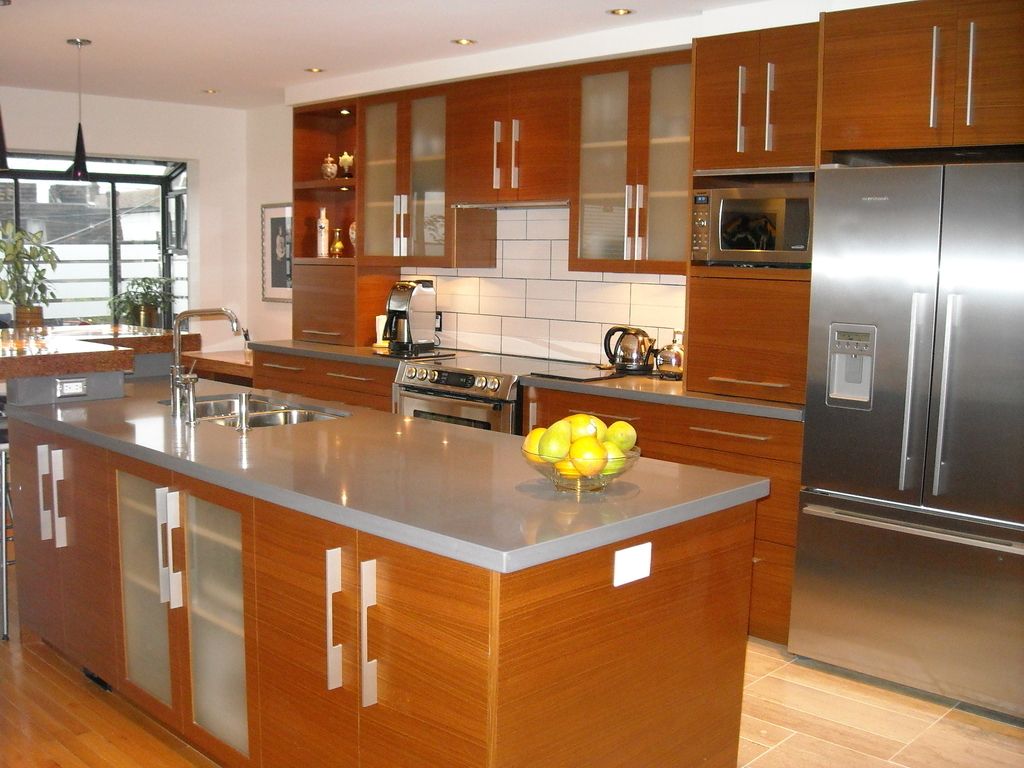 Choosing the right kitchen wall cupboards is crucial in creating a functional and aesthetically pleasing kitchen. When deciding on which cupboards to install, consider the size and layout of your kitchen. If you have a smaller kitchen, opting for taller cabinets can help maximize vertical space. Additionally, consider the material and finish of the cupboards to ensure they match the overall design of your kitchen.
Tip:
If you have a small kitchen, consider installing wall cupboards with a mirrored finish to create the illusion of a larger space.
Choosing the right kitchen wall cupboards is crucial in creating a functional and aesthetically pleasing kitchen. When deciding on which cupboards to install, consider the size and layout of your kitchen. If you have a smaller kitchen, opting for taller cabinets can help maximize vertical space. Additionally, consider the material and finish of the cupboards to ensure they match the overall design of your kitchen.
Tip:
If you have a small kitchen, consider installing wall cupboards with a mirrored finish to create the illusion of a larger space.
Organizing Your Kitchen
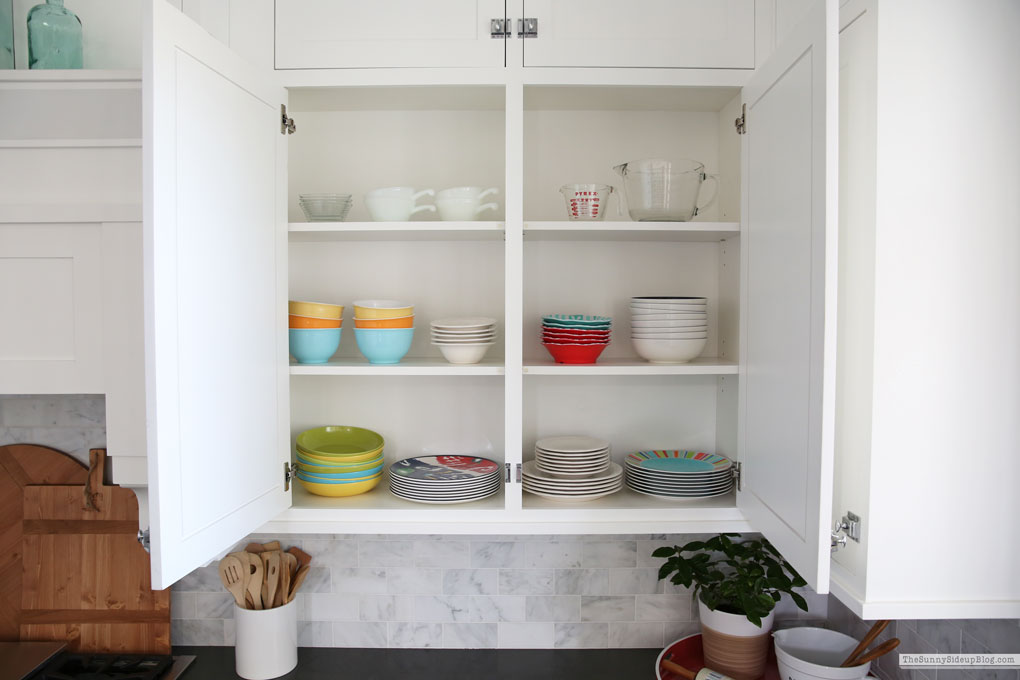 Having a well-organized kitchen is essential for efficient cooking and meal preparation. With the addition of kitchen wall cupboards, you can easily create designated storage areas for different kitchen items. For example, you can designate one cupboard for spices, another for cooking oils and vinegars, and another for dry goods. This not only makes it easier to find and access items, but it also helps to keep your kitchen clutter-free.
Tip:
Install pull-out shelves and organizers inside your kitchen wall cupboards to maximize space and make it easier to reach items at the back of the cabinet.
Having a well-organized kitchen is essential for efficient cooking and meal preparation. With the addition of kitchen wall cupboards, you can easily create designated storage areas for different kitchen items. For example, you can designate one cupboard for spices, another for cooking oils and vinegars, and another for dry goods. This not only makes it easier to find and access items, but it also helps to keep your kitchen clutter-free.
Tip:
Install pull-out shelves and organizers inside your kitchen wall cupboards to maximize space and make it easier to reach items at the back of the cabinet.
The Aesthetics of Kitchen Wall Cupboards
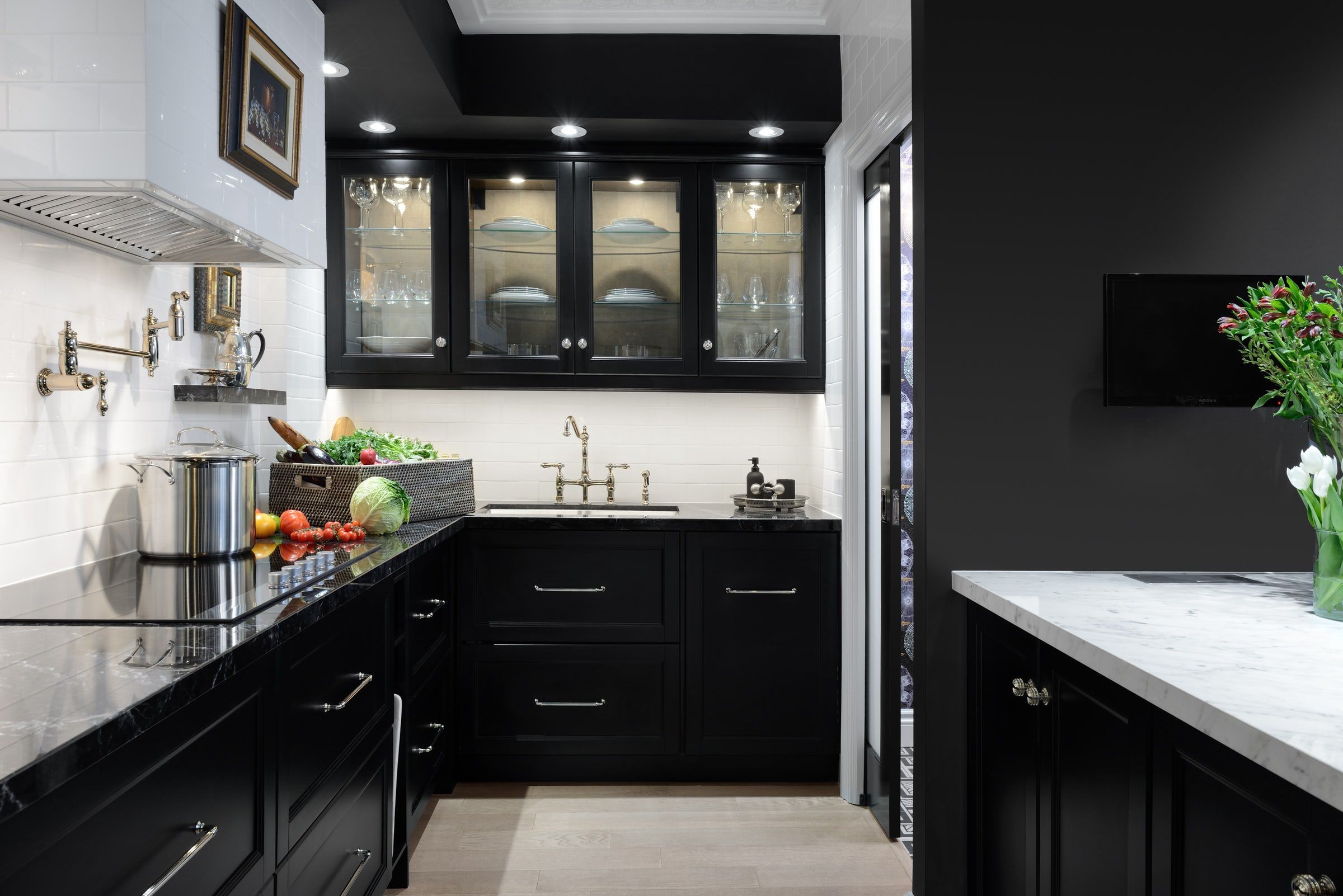 Aside from their practical function, kitchen wall cupboards can also add to the overall aesthetic of your kitchen. With a variety of sizes, styles, and finishes to choose from, you can easily find wall cupboards that complement your kitchen's design and match your personal style. From sleek and modern to rustic and traditional, there are endless options to choose from.
Tip:
Add under-cabinet lighting to your kitchen wall cupboards to not only enhance the look of your kitchen, but also provide additional task lighting for cooking and food preparation.
In conclusion,
kitchen wall cupboards
are a versatile and practical addition to any kitchen. By maximizing space, creating organization, and enhancing the aesthetics of your kitchen, these overhead cabinets can truly transform your cooking and dining experience. Consider incorporating them into your kitchen design for a functional and stylish space.
Aside from their practical function, kitchen wall cupboards can also add to the overall aesthetic of your kitchen. With a variety of sizes, styles, and finishes to choose from, you can easily find wall cupboards that complement your kitchen's design and match your personal style. From sleek and modern to rustic and traditional, there are endless options to choose from.
Tip:
Add under-cabinet lighting to your kitchen wall cupboards to not only enhance the look of your kitchen, but also provide additional task lighting for cooking and food preparation.
In conclusion,
kitchen wall cupboards
are a versatile and practical addition to any kitchen. By maximizing space, creating organization, and enhancing the aesthetics of your kitchen, these overhead cabinets can truly transform your cooking and dining experience. Consider incorporating them into your kitchen design for a functional and stylish space.

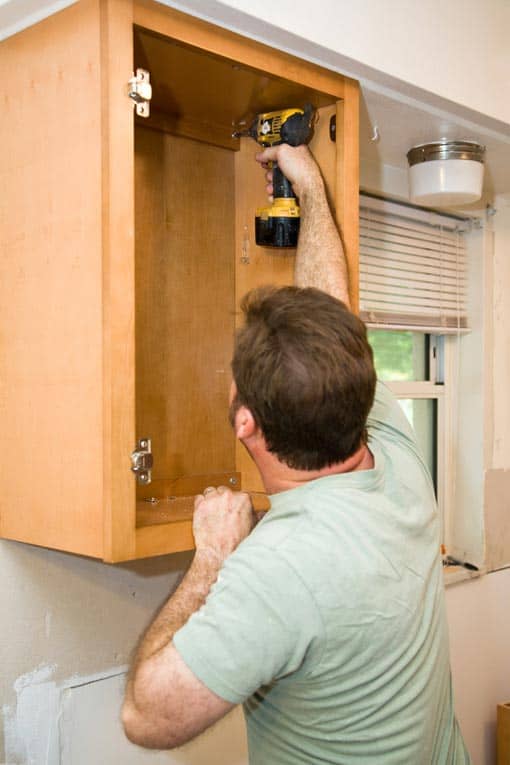
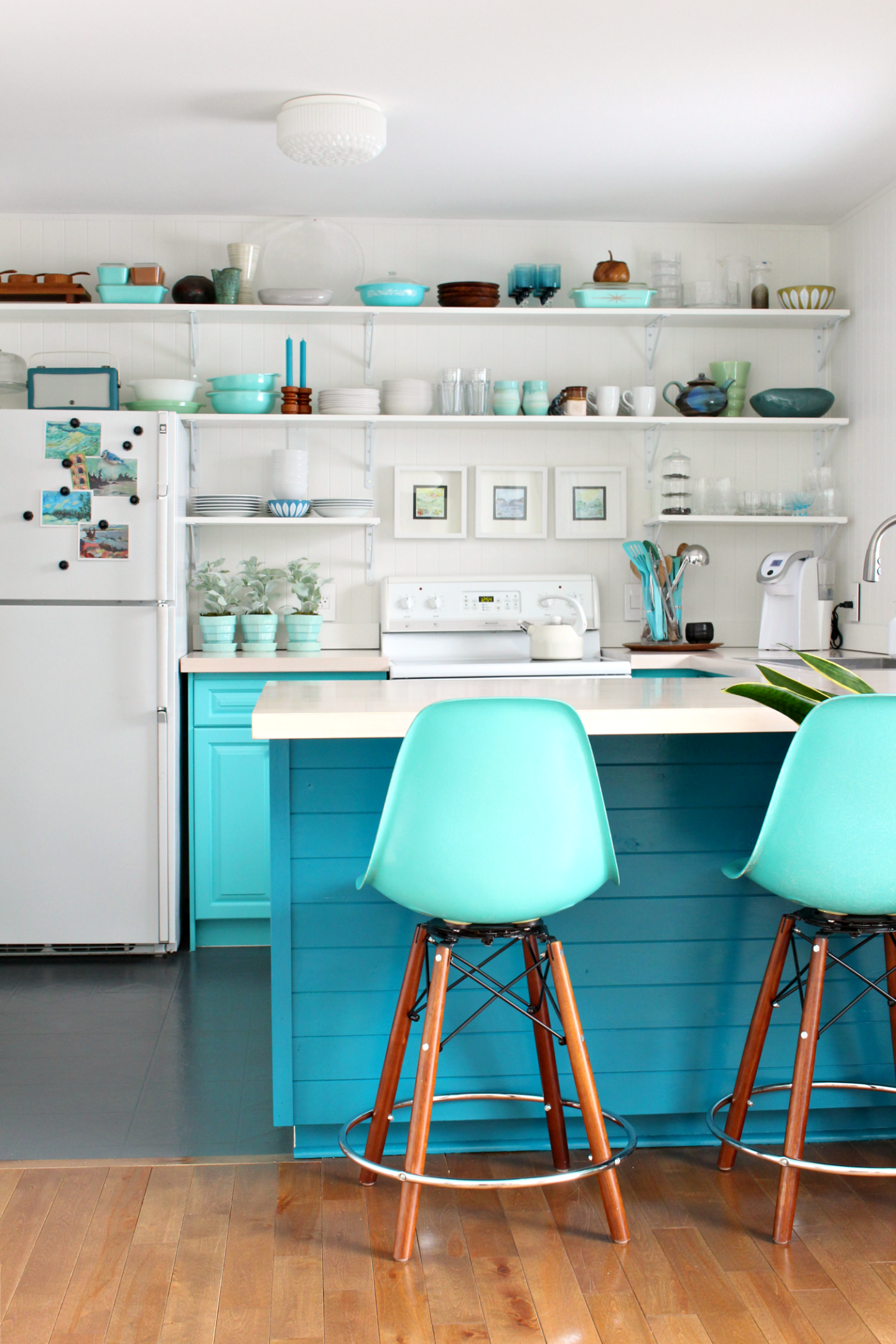




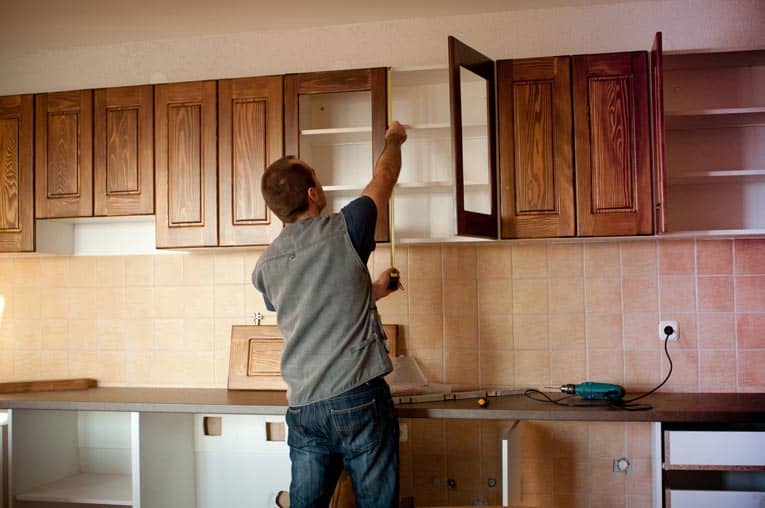


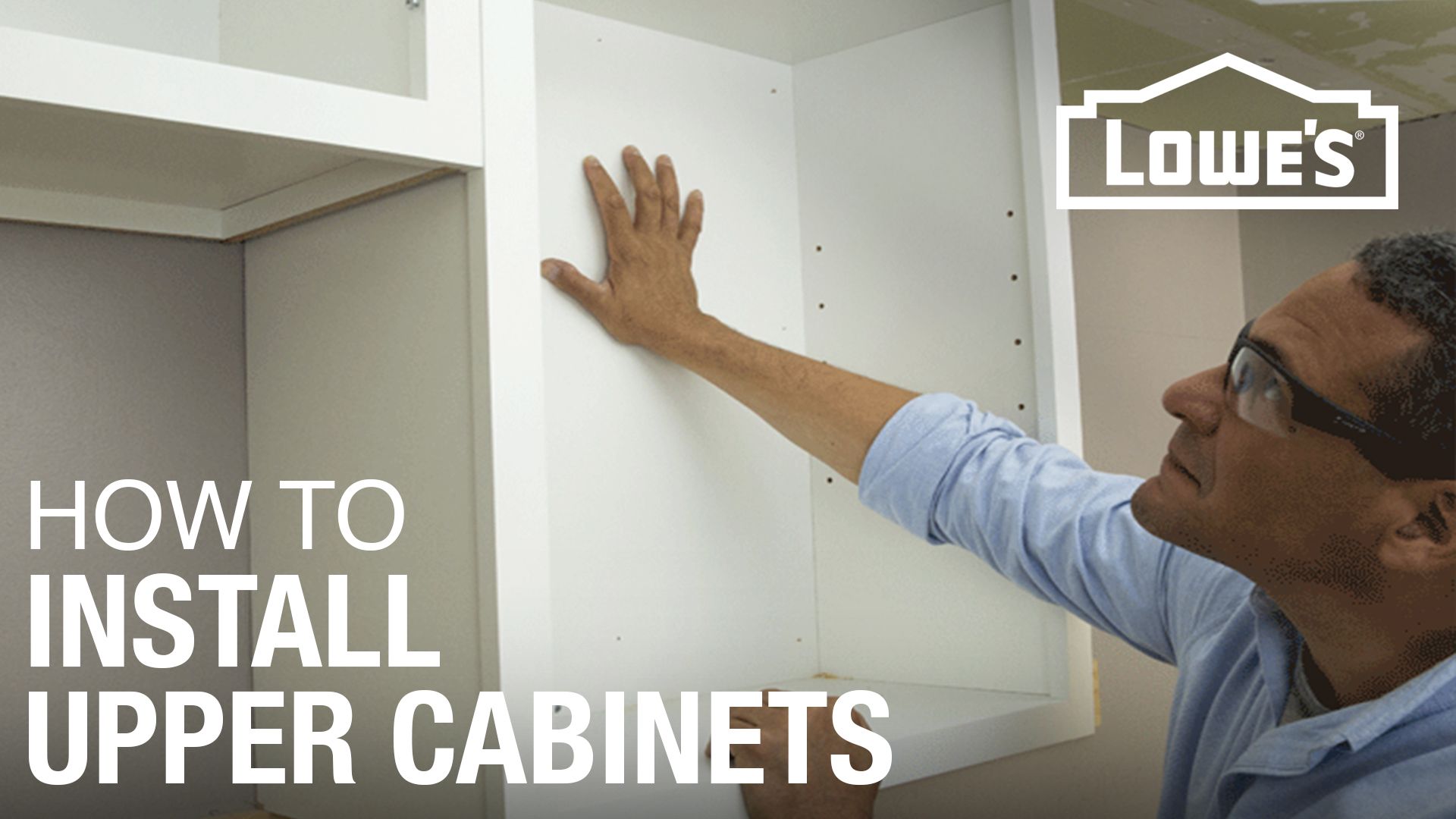


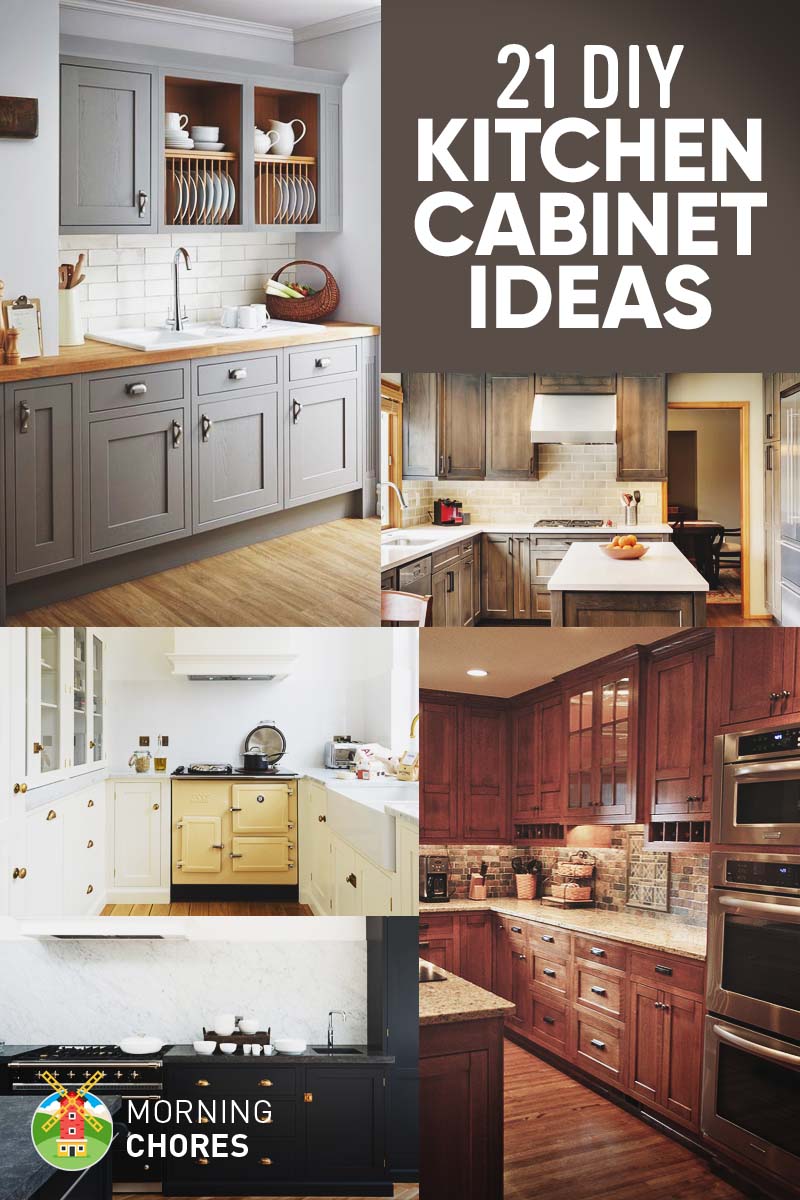
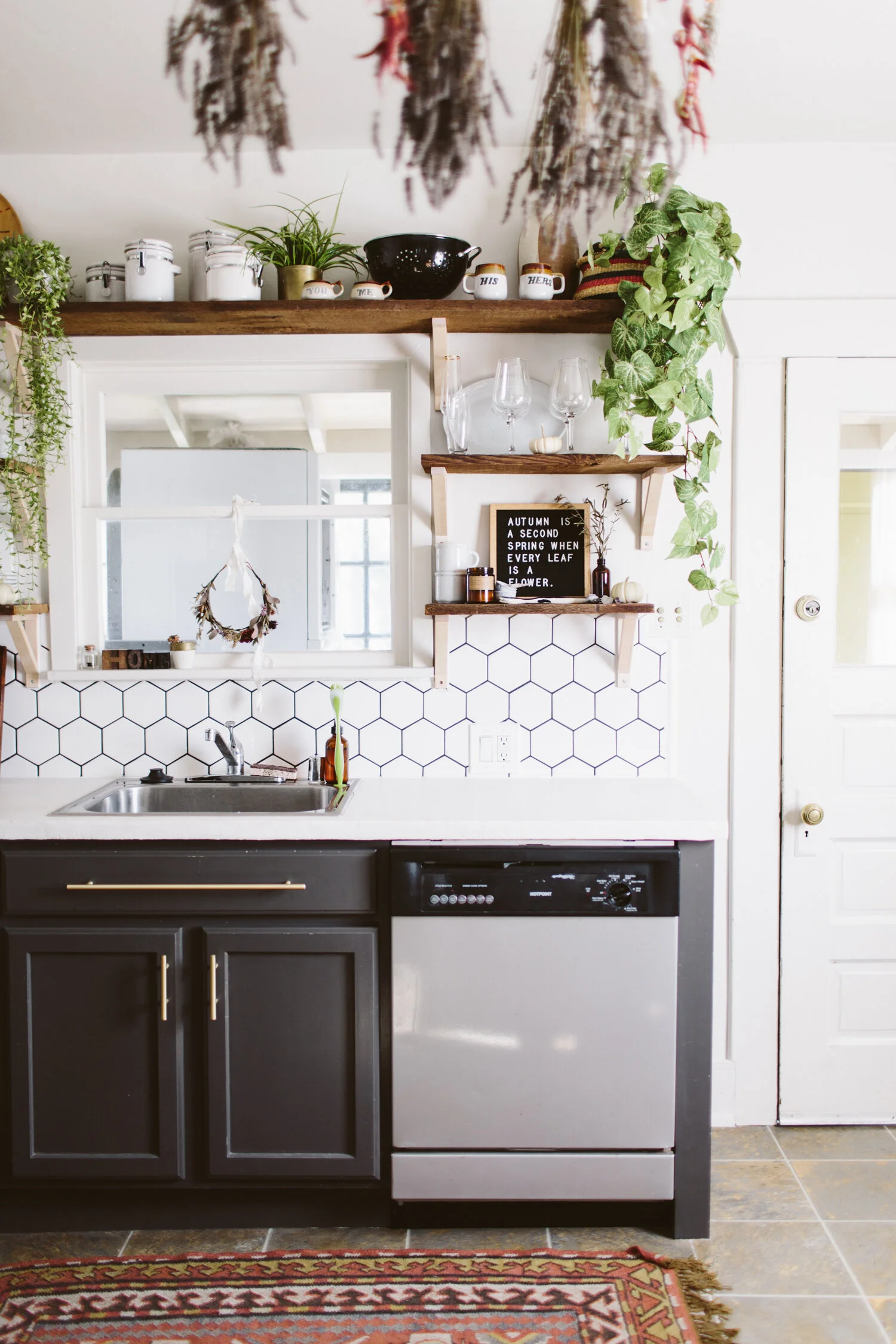
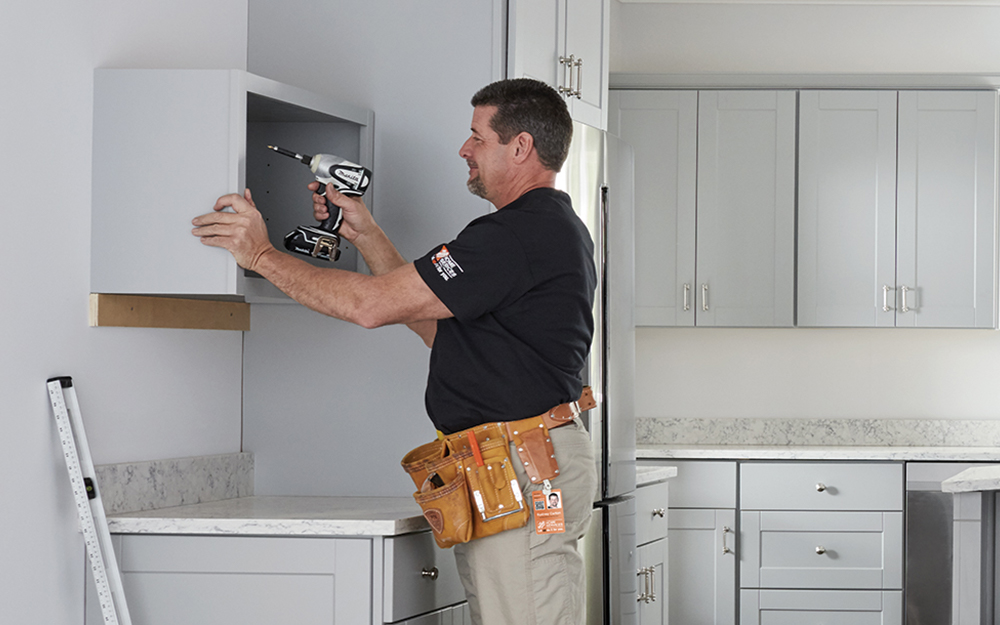
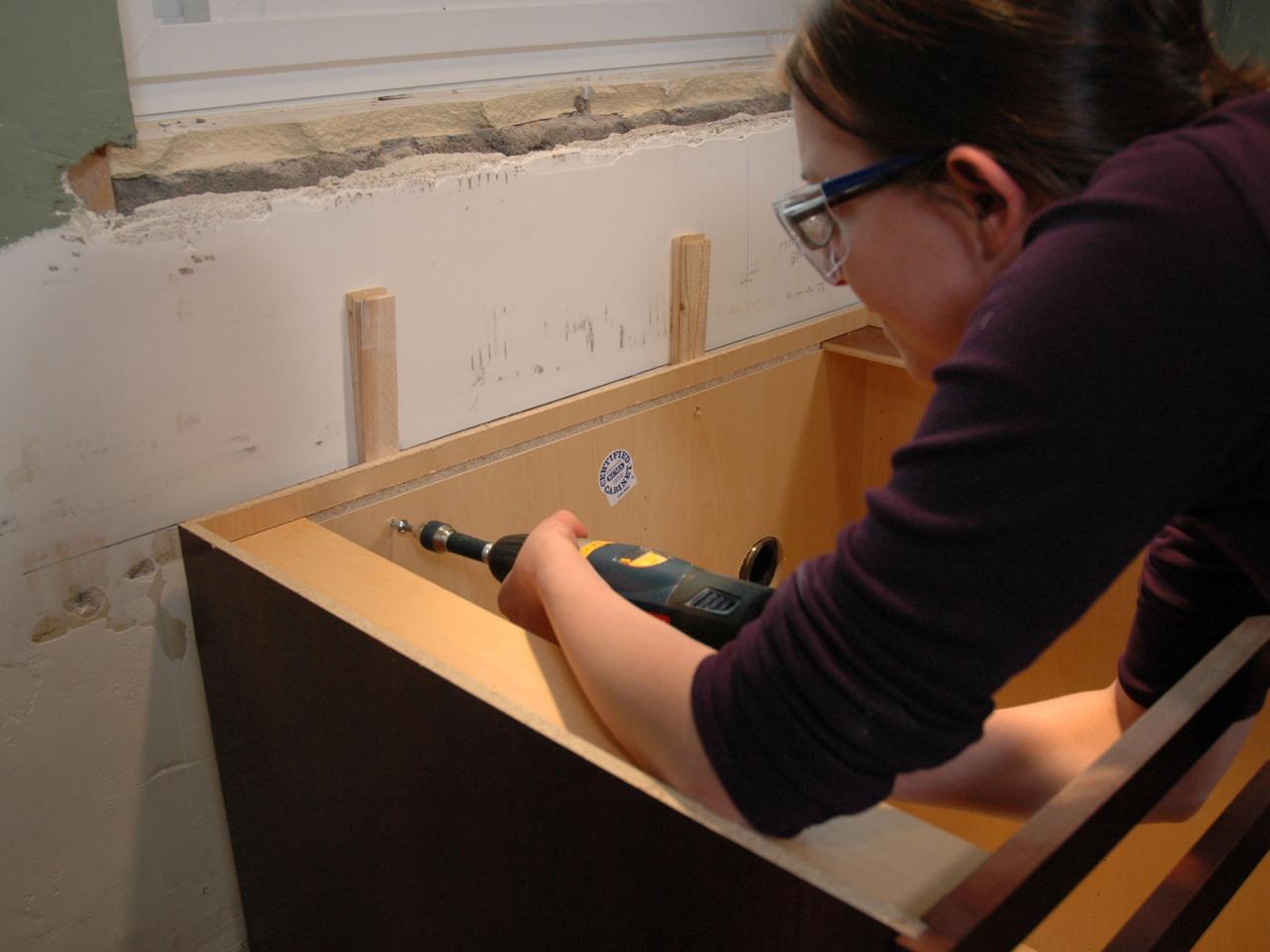





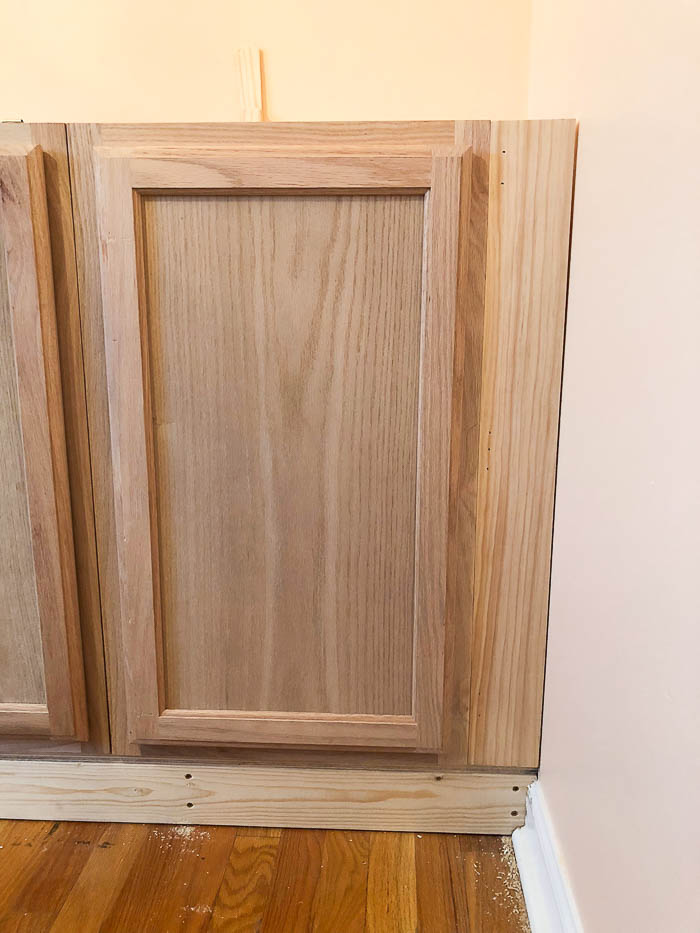
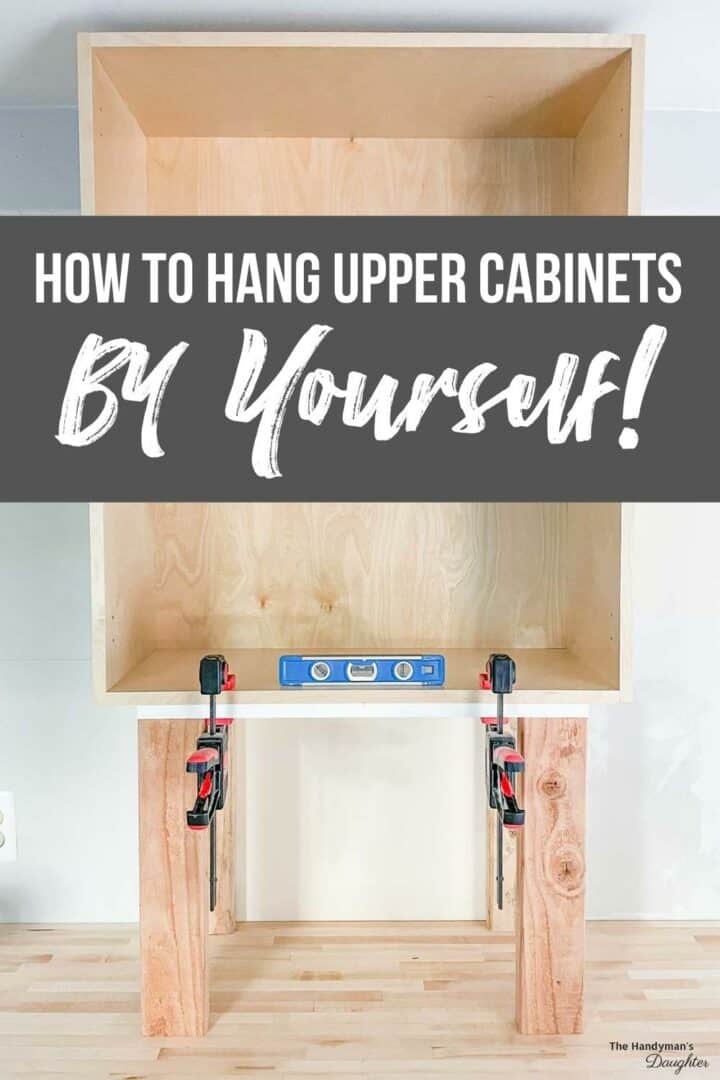

:max_bytes(150000):strip_icc()/how-to-build-cabinets-3537068_1_final-5c6599d0c9e77c0001d43160.png)




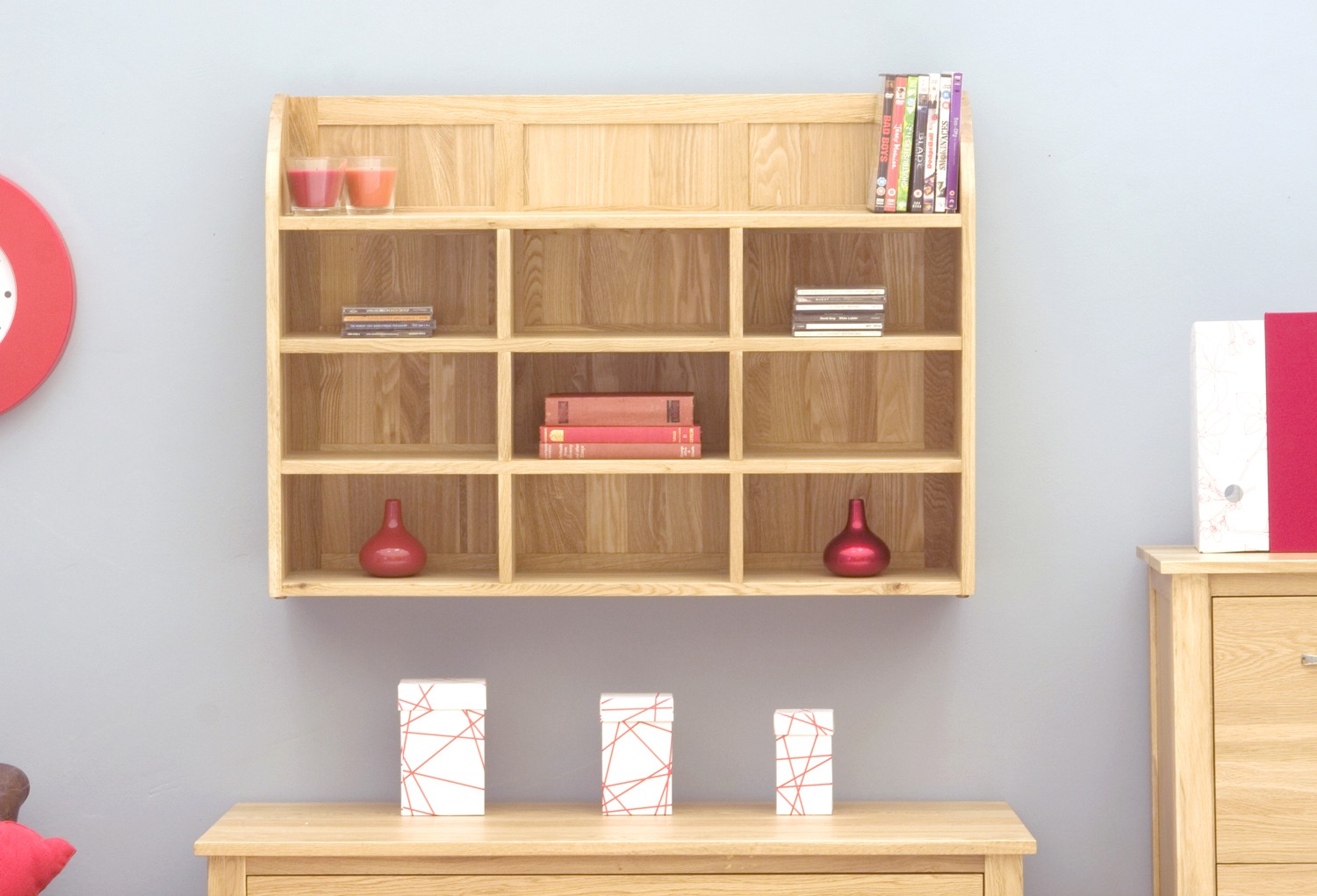
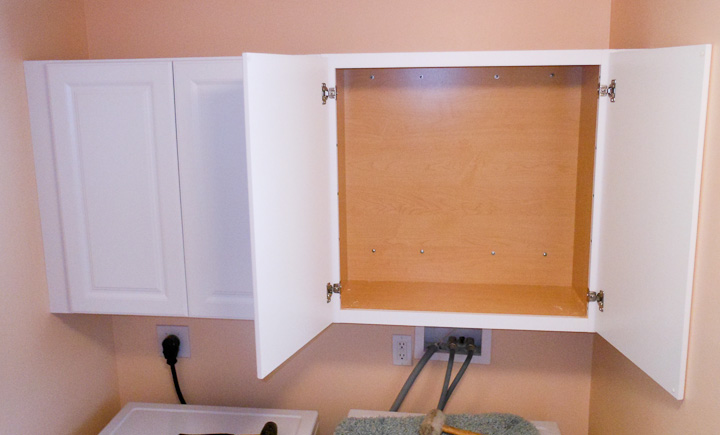


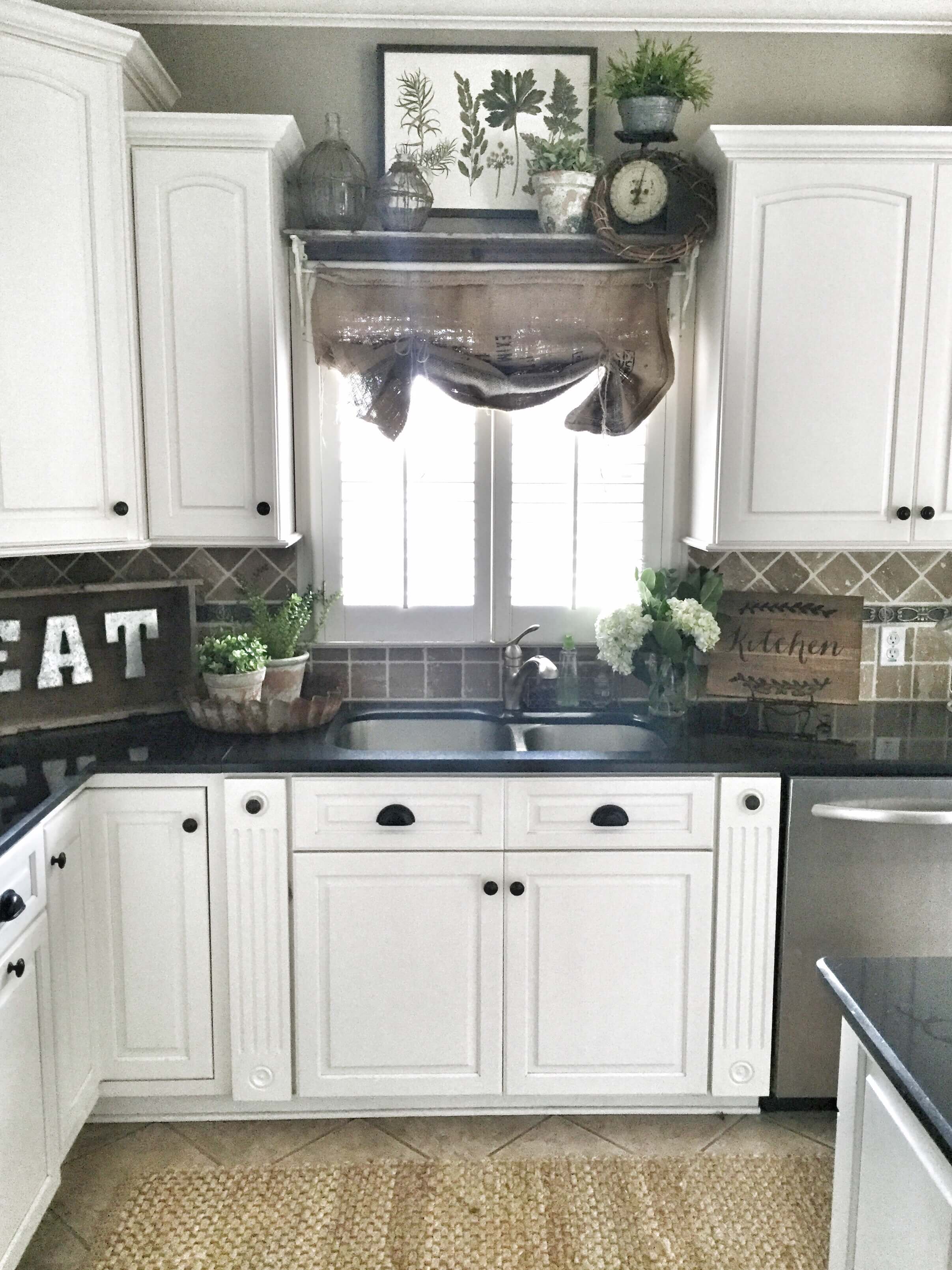




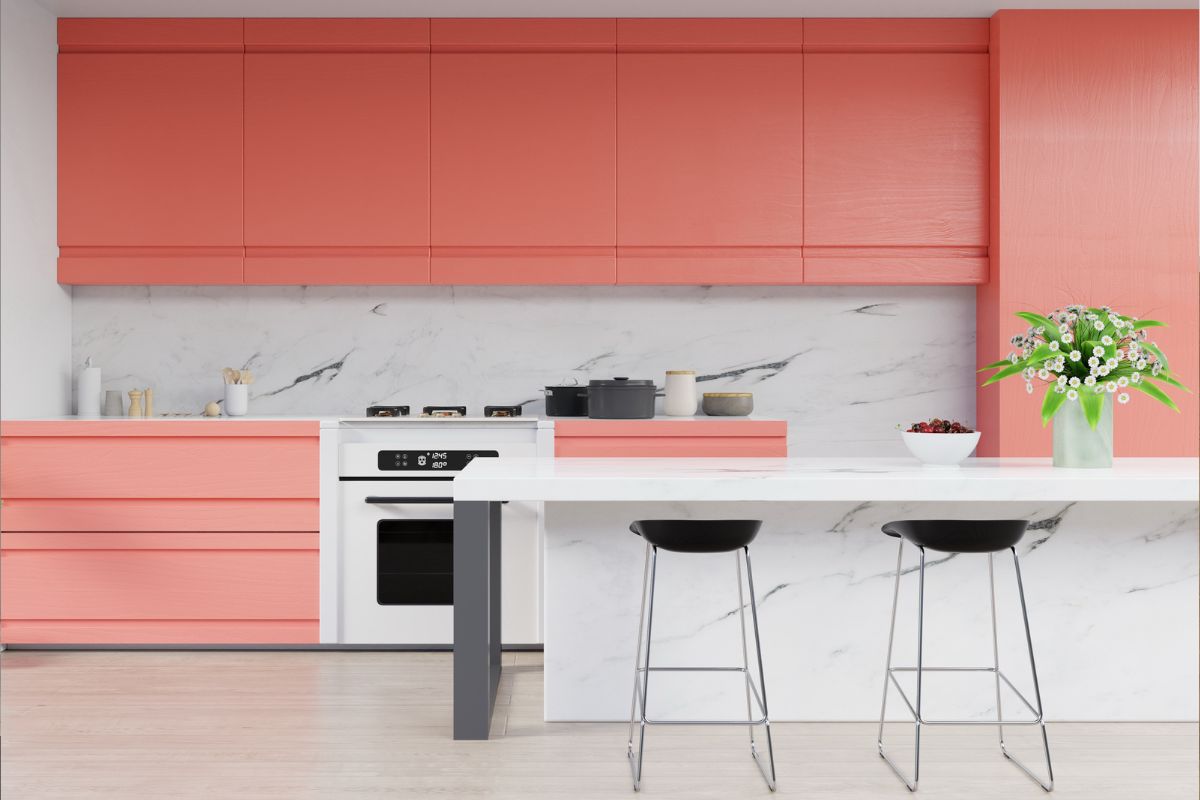

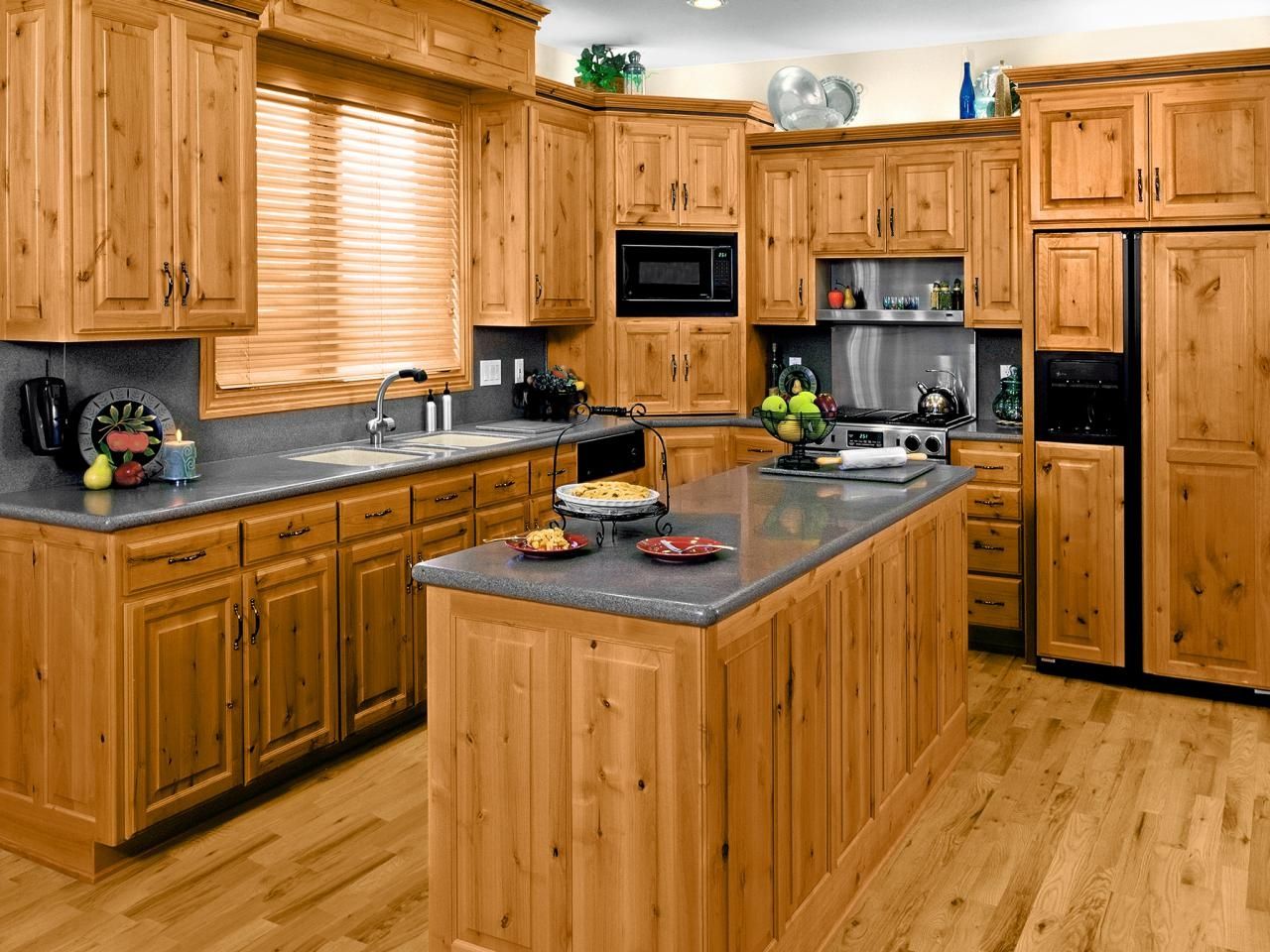




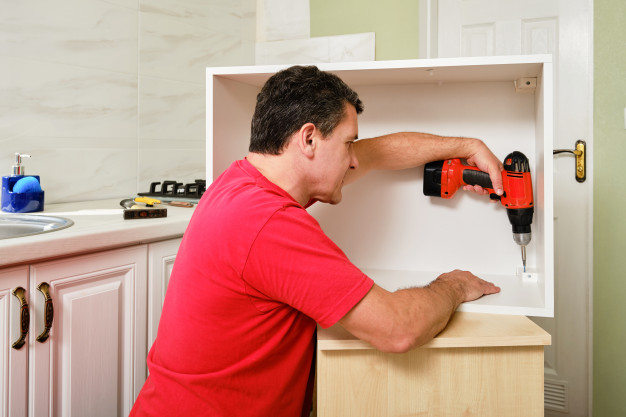
/cdn.vox-cdn.com/uploads/chorus_asset/file/19497236/howto_ktchncabnts_10.jpg)








